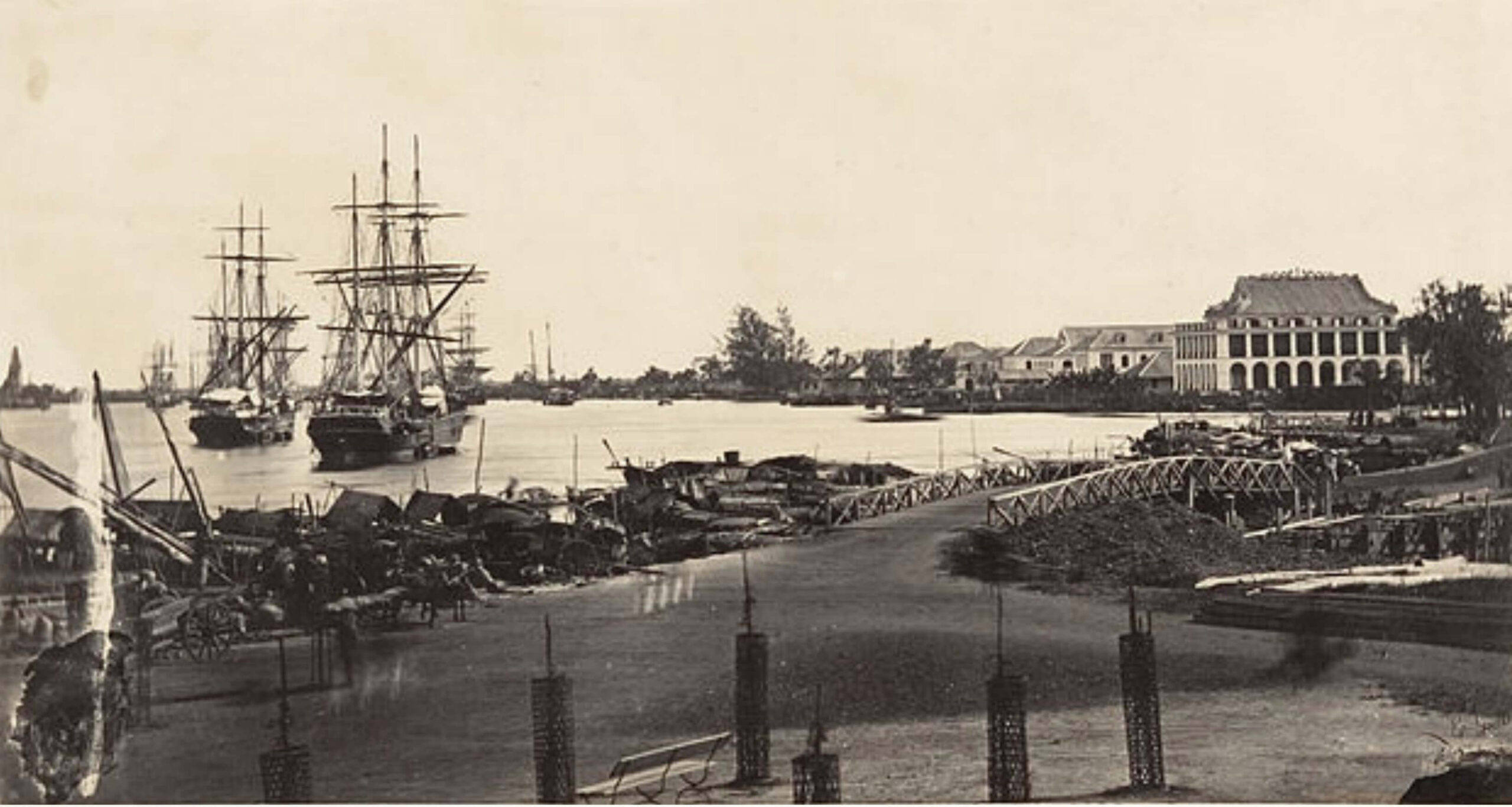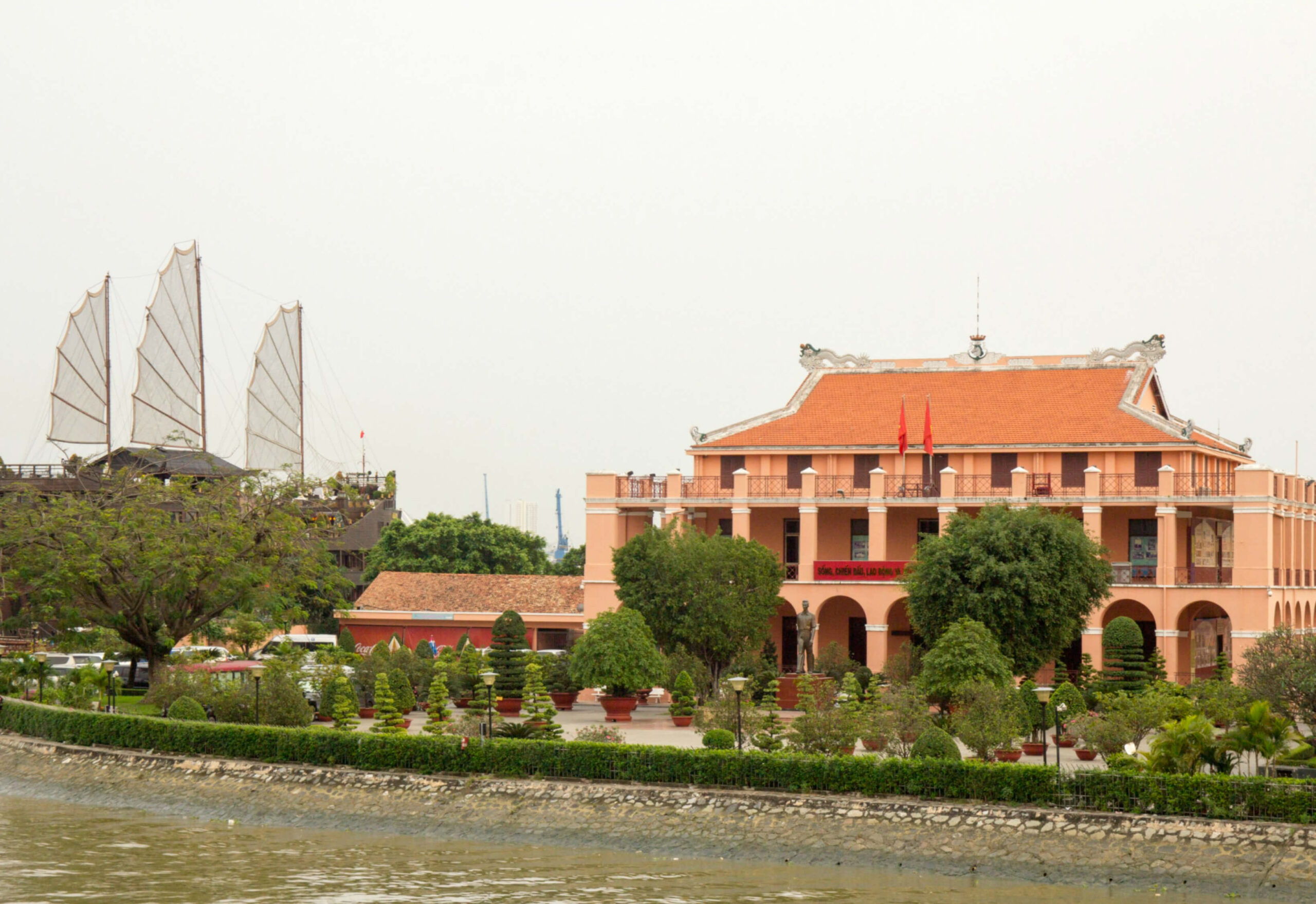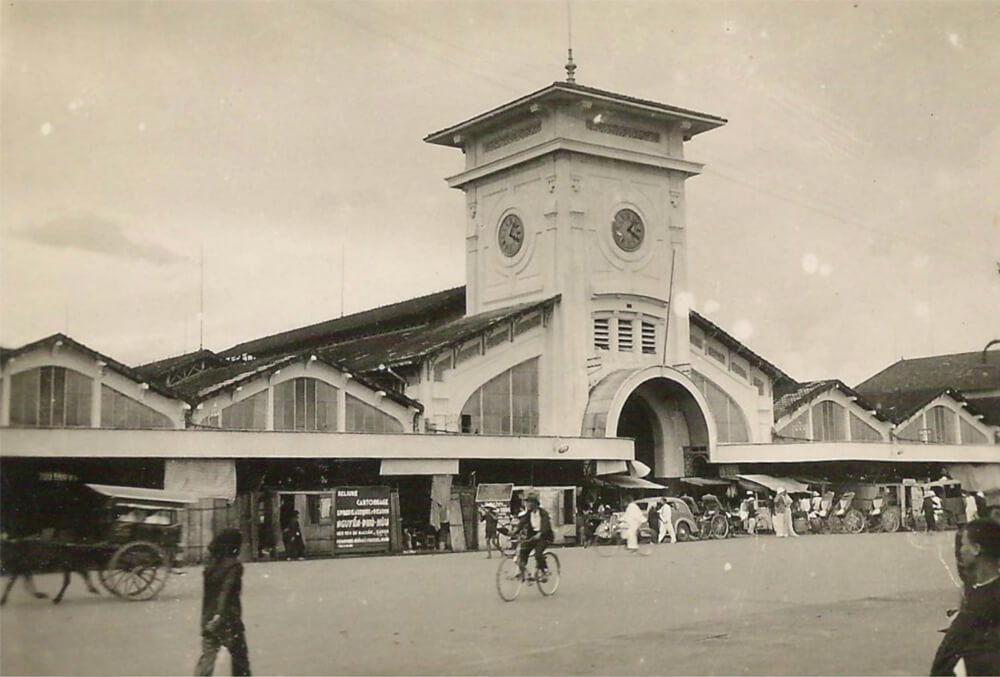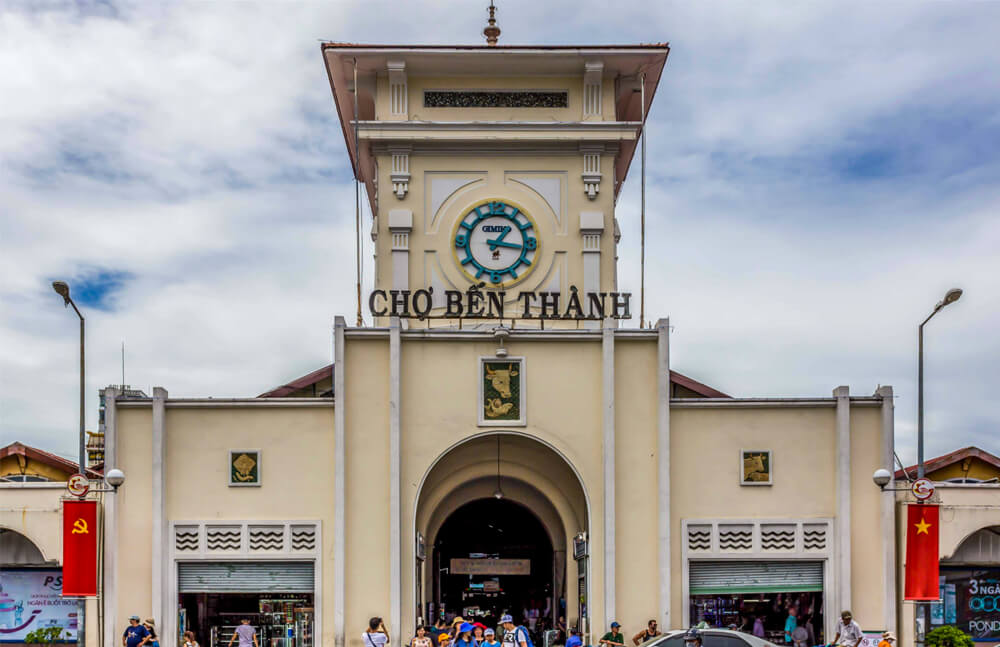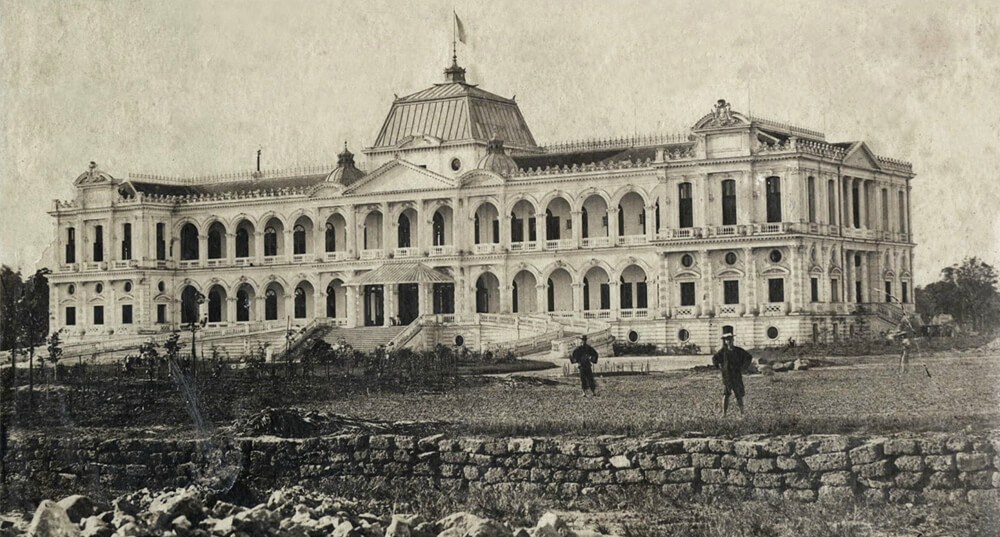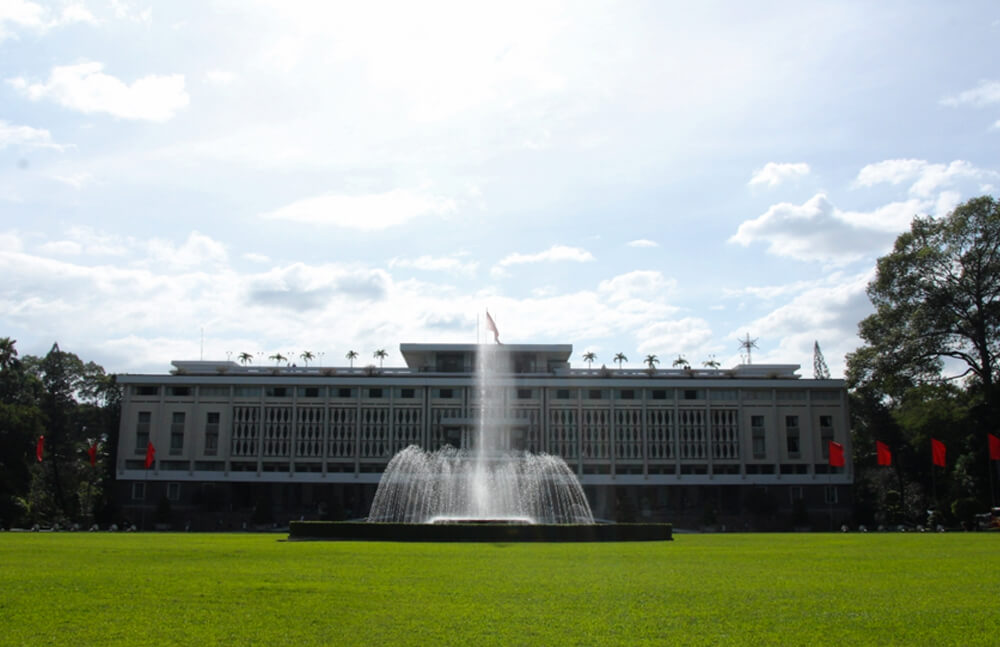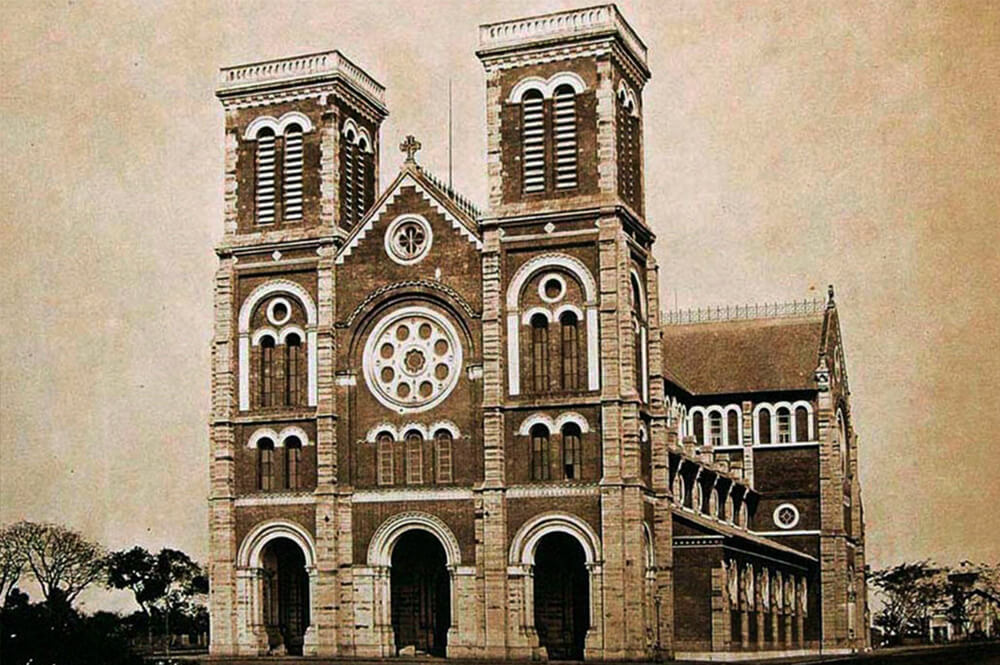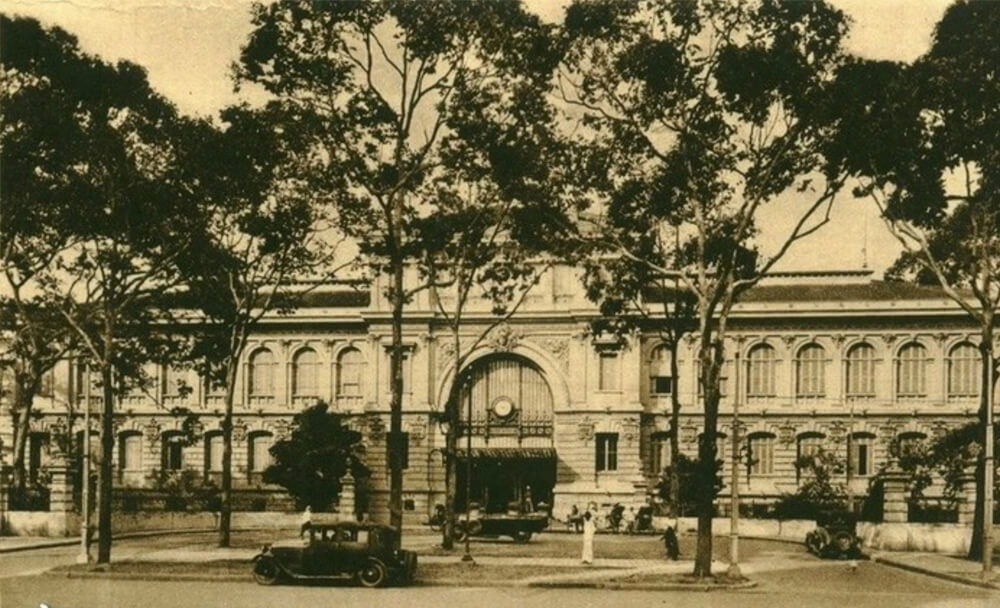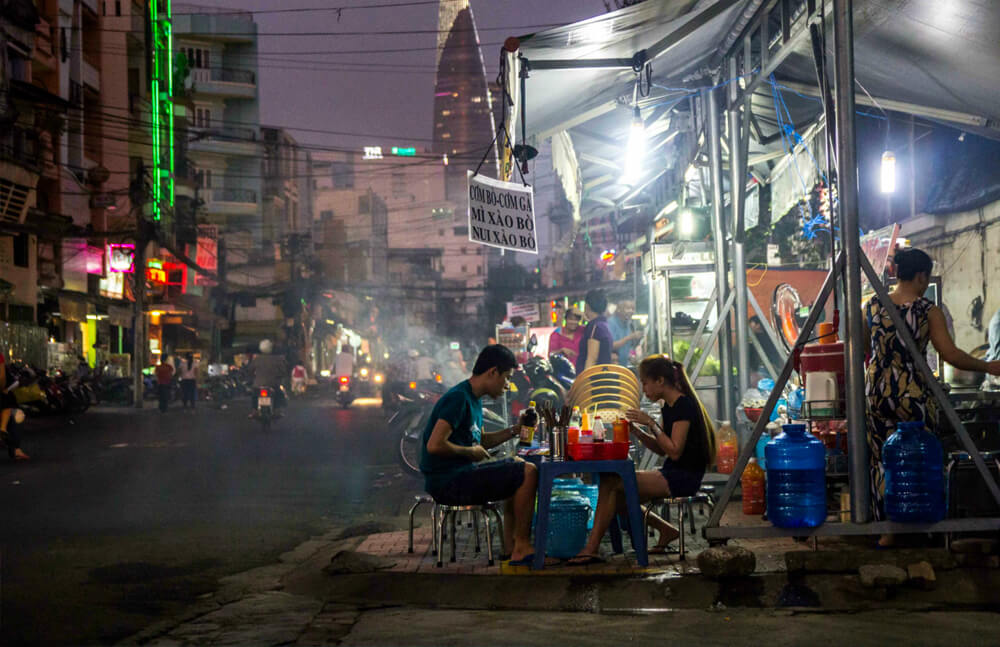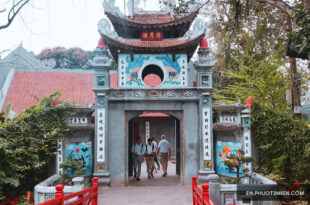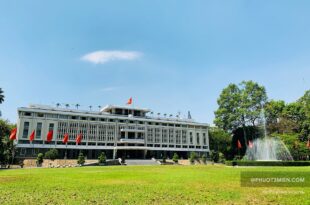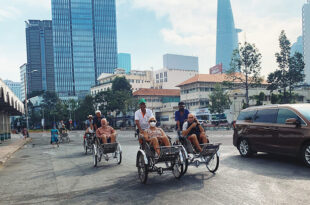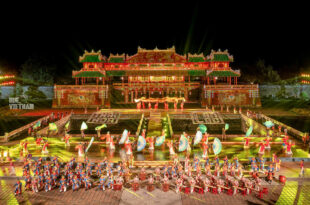With more than 300 years of development, Saigon has become the busiest commercial center in Vietnam. Despite passing through centuries, it is surprising that the beauty of the old Saigon is still present within the new Saigon, visible in one way or another, contrasting yet blending in perfectly with the modern progress this city has made. Here is a comparison of Saigon, then and now, to give you a clear picture of the progress this dynamic city has made.
Contents
The Turbulent History of The Young City
In the early 17th century, most of the southern region of Vietnam was nearly uninhabited and in the position of Ho Chi Minh City, there was a small village formed with a few residents. However, thanks to its advantage in location, the town grew both economically and politically. By the 19th century, this had become a cultural hub of the South as well as an important trading center of the country.
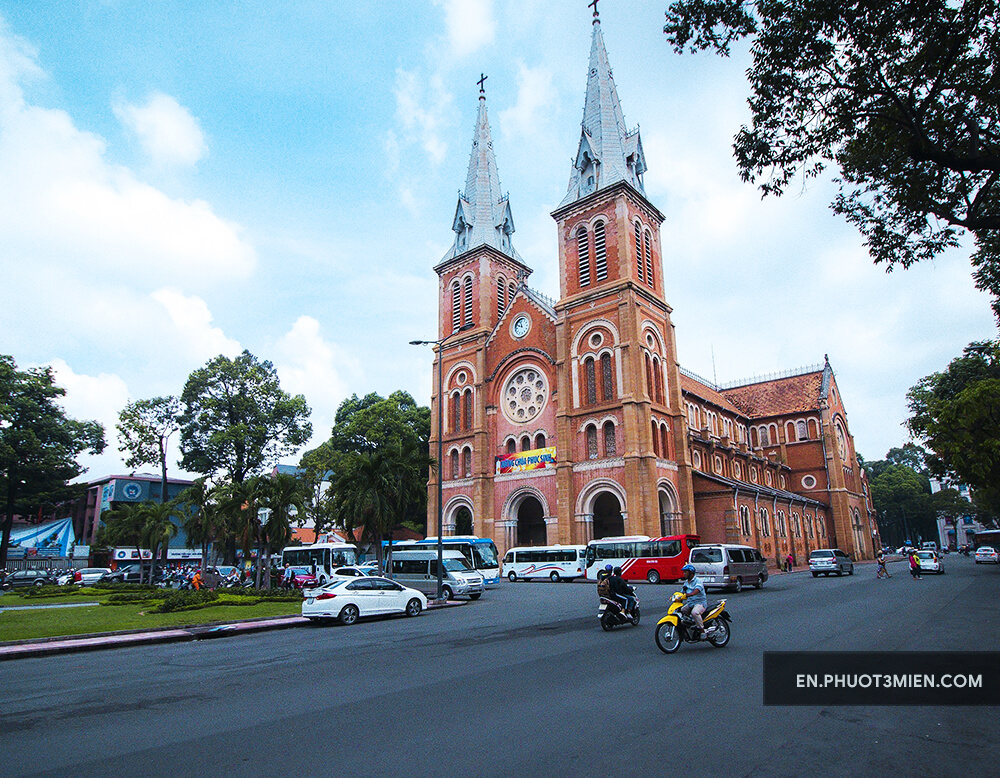
Sadly, having been through various occurrences and two disastrous wars has stunted the city’s development. Only after the political instabilities had settled, Saigon recovered miraculously and maintained its leading position in terms of both the economics and culture. Officially named as Ho Chi Minh City, Saigon today has 22 districts in total and attracts hundreds of thousands of tourists annually.
It’s hard to cover everything about Saigon in one article. There have been too many ups and downs during its 300-year history that a small article does it no justice.
Saigon, Then and Now, in terms of the Architecture…
Since the liberation, the infrastructure has been considered as one of the biggest breakthroughs among the city’s developmental aspects, which is proved by multiple modern projects deployed and put into use. However, visitors can still sense the traits of the past coexisting with the development of the city. In fact, seeking the old beauty underlying inside every corner of Saigon is a worth-to-try experience. Here are typical architectural representatives that have held their beautiful ancient features throughout the years:
Nha Rong Harbor
Ben Nha Rong, which is now known as Ho Chi Minh Museum, was a major trading port of Saigon. Built in 1862 and completed in 1864, this place was where the young ambitious man – Nguyen Tat Thanh departed for noble purposes. Since the year of 1975, this building became the Ho Chi Minh memorial, and now displays artifacts about the life of this leader.
Nha Rong Harbor then and now
Before
After
Despite not being the oldest architect still existing, Nha Rong Harbor can be seen as the most immaculate structure among all constructions in the city. As a matter of fact, the entire architecture of this ancient trading port has remained unchanged for over 100 years of existence and two wars.
Ben Thanh Market
Ben Thanh Market has always been one of the typical go-to places of Ho Chi Minh City. Originally, the old Ben Thanh Market was built before the French invasion on Ben Nghe waterfront, which was used by wanderers and soldiers to get into the city. After the destruction of the old market in 1912, the French built a new market at the current location. By the year of 1914, the market was put into use and exists until today.
Before
After
It is not only a trading center, but Ben Thanh Market is also a historical observer, having witnessed the changes of the city throughout a period of 100 years.
Read more: The Ultimate Guide to Saigon’s Many Markets
Reunification Palace
The heart of Ho Chi Minh City
Before
After
Built to replace the old wooden palace by the French in 1863, the palace was originally named Norodom Palace. Later in 1955, it was renamed to the Reunification Palace and since then, this architecture has been one of the most sacred and most meaningful historic destinations in Saigon. Visiting this spot, newcomers will understand more about the spirit of the Vietnamese soldiers fighting under the Vietnam War era. The Reunification palace is ranked as a special national relic by the Prime Minister of Vietnam and attracts thousands of visitors every year.
Notre Dame Cathedral
Notre Dame Cathedral
Before
After
Notre Dame Cathedral was constructed between 1877 and 1880 and it is more than 140 years old. This is a truly beautiful piece of architectural work possessing a great value in terms of art and history. Notre Dame Cathedral has breathed for over a hundred years and it still exists as a living monument attesting to the religious freedom of the country.
The Central Post Office
Saigon Central Post Office is located right opposite to Notre Dame Cathedral. Started in 1886 and finished after 5 years of construction, this French building was mainly built in European style combined with Asian decor.
Saigon, Then and Now, in term of the Culture…
During the last century, Saigon emerged as the cultural center of the whole country. Over all these years, the people’s lives have changed significantly, but so far the culture has not experienced too many changes. In fact, the interesting cultural features that you see on the streets of Saigon today are nearly the same as what you probably would have found 50 years ago in this land.
The Coffee Culture
Coffee has a deep root in town.
Before
After
In the late 19th century, there were two cafes opened by the French in Saigon, which was the start of the non-stop mushrooming of coffee shops during the war. Since then, coffee has gradually become a cultural soulmate of the Saigonese, playing an essential role when it comes to the city’s cuisine. The image of the Saigonese sitting for hours at stalls set up by coffee vendors on the sidewalk, reading newspapers, chatting with friends all the while sipping a cup of coffee is something that remains unchanged through generations.
Read more:
Romantic Restaurants in Ho Chi Minh City for a Delicious Date
Our Favorite Restaurants in Saigon for Authentic Vietnamese Food
The Best Cafes in Saigon for Digital Nomads to Get Some Work Done
24-Hour Cafes in Saigon for Nocturnal Workers
Street Vendors and Hawkers
Saigon street vendors – the norm of the city
The roadside vendors and hawkers have always been a special characteristic of Saigon from past to present. Small trolleys roaming around the streets every day, selling all kinds of things, from the freshest fruits to the sweetest ice-creams, have been close companions of the locals since the early days of their childhood. It is a rational thought to consider that if there were no sidewalk vendors, Saigon will no longer be its complete self.
Read more: A Complete Guide to Saigon’s Street Food Culture
It is undeniable that Saigon has grown at an exponential rate! However, somewhere in this constantly changing city, there are still long-standing beauties coexisting with the development – ones that sometimes require a closer look to be noticed. Why don’t you try visit all of these sites and imagine what it was like back then? It will surely change your view of Saigon.
Enjoyed this article and want more fun information on what to do, see, and eat in Vietnam? Follow us at the Phuot3mien blog!
